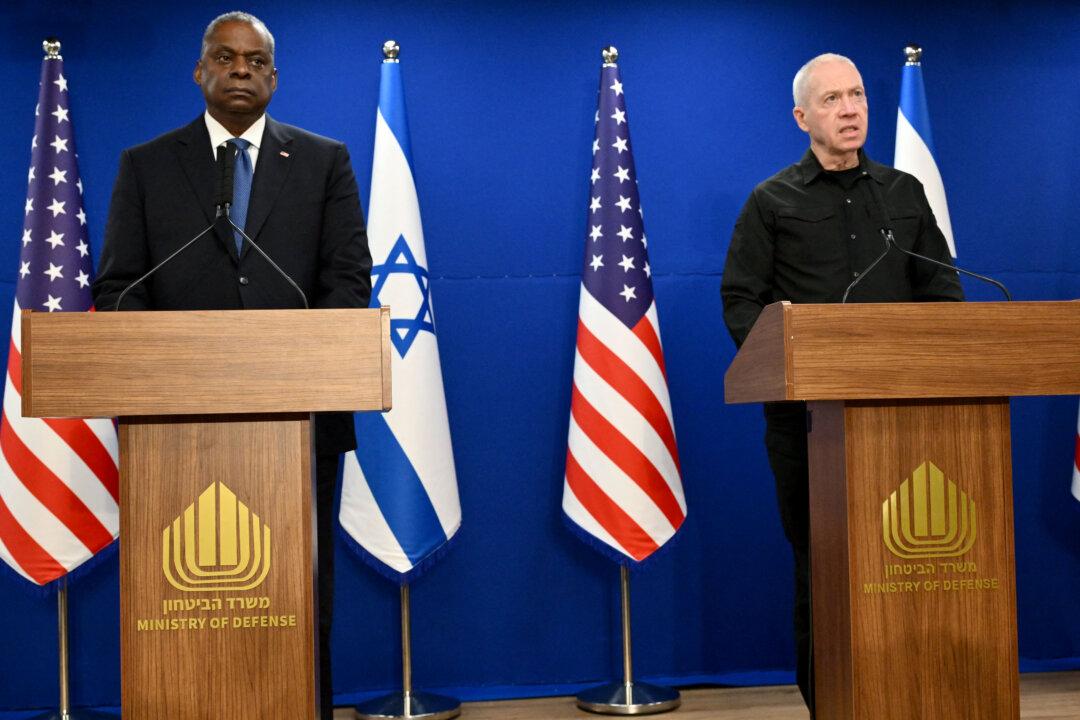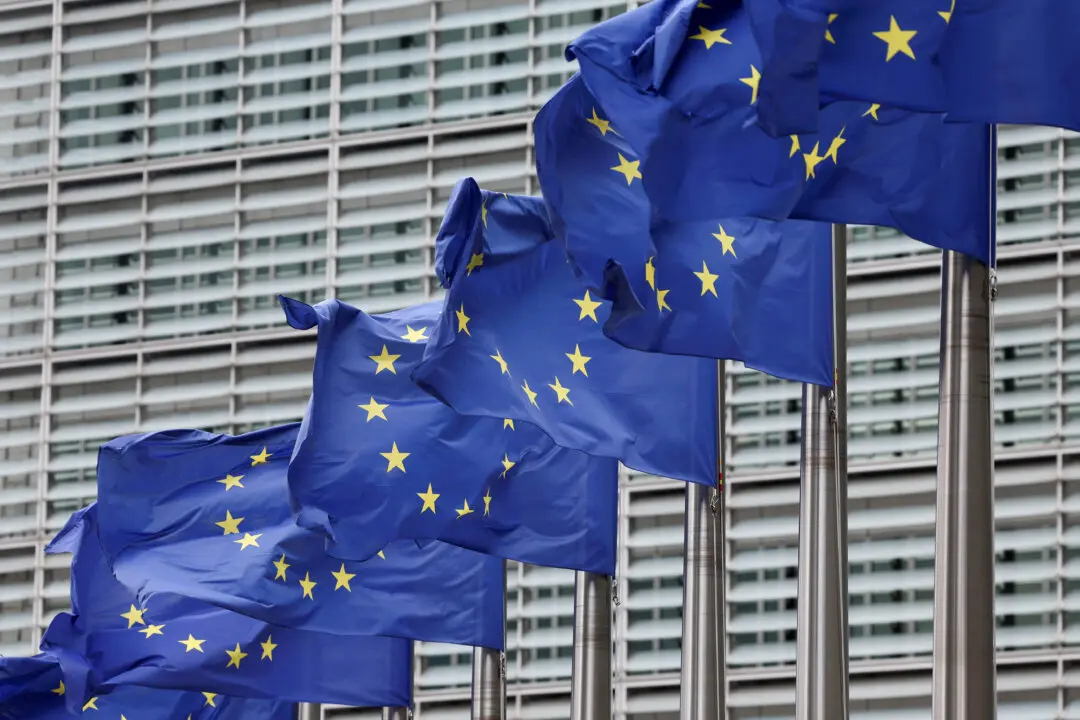Secretary of Defense Lloyd Austin said on Dec. 18 that he had urged his Israeli counterparts to limit their military operations in the Gaza Strip and start taking a “more surgical” approach when striking the Hamas terrorist group.
The U.S. secretary of defense arrived in Israel on Dec. 18 and met with Israeli Prime Minister Benjamin Netanyahu and Israeli Defense Minister Yoav Gallant to discuss the ongoing Israel–Hamas conflict. At a press conference, Mr. Austin said he shared advice with the Israeli side about preventing the current conflict from expanding beyond the Gaza Strip and transitioning to a lower intensity of operations within the Gaza Strip.





